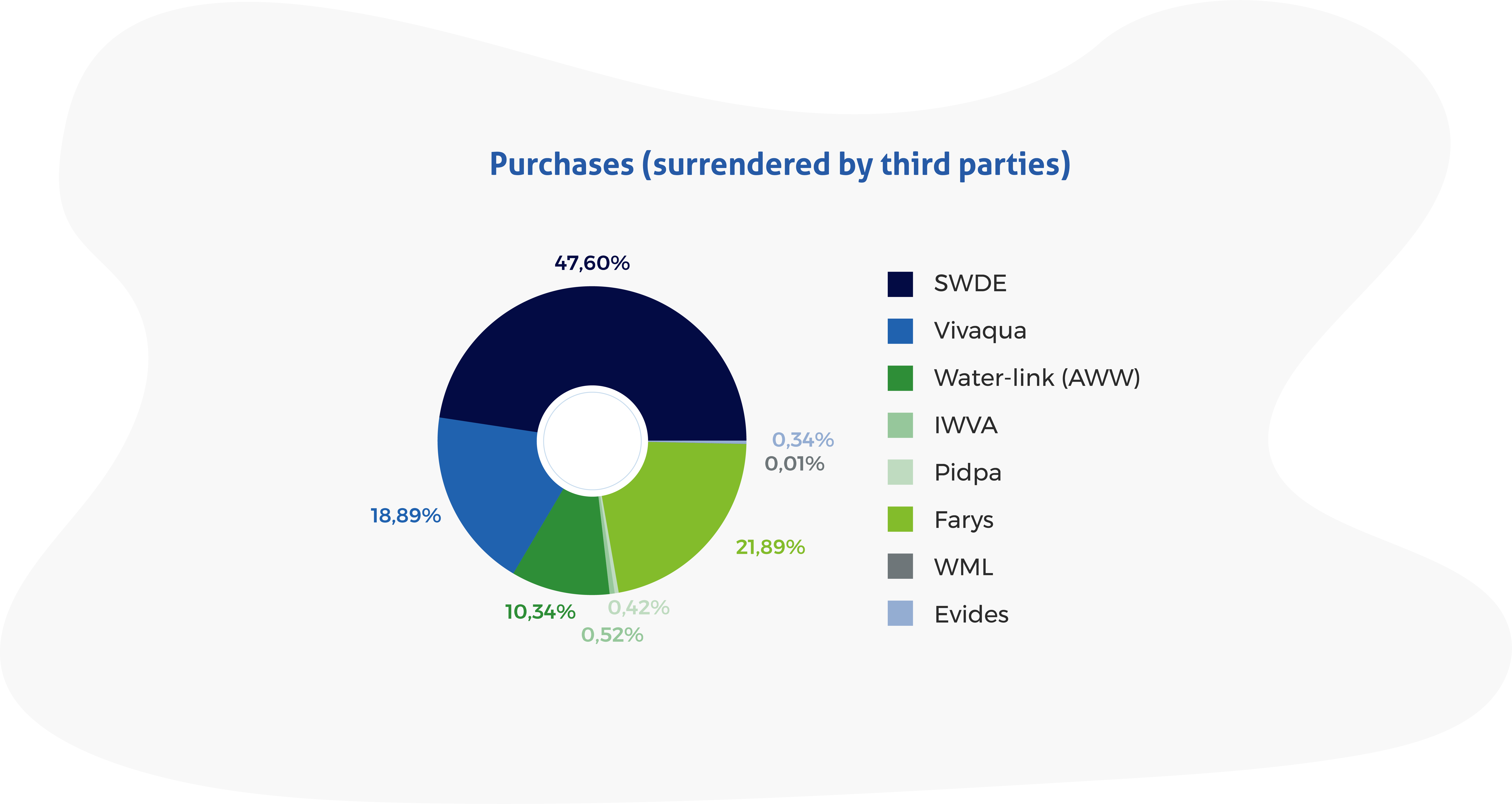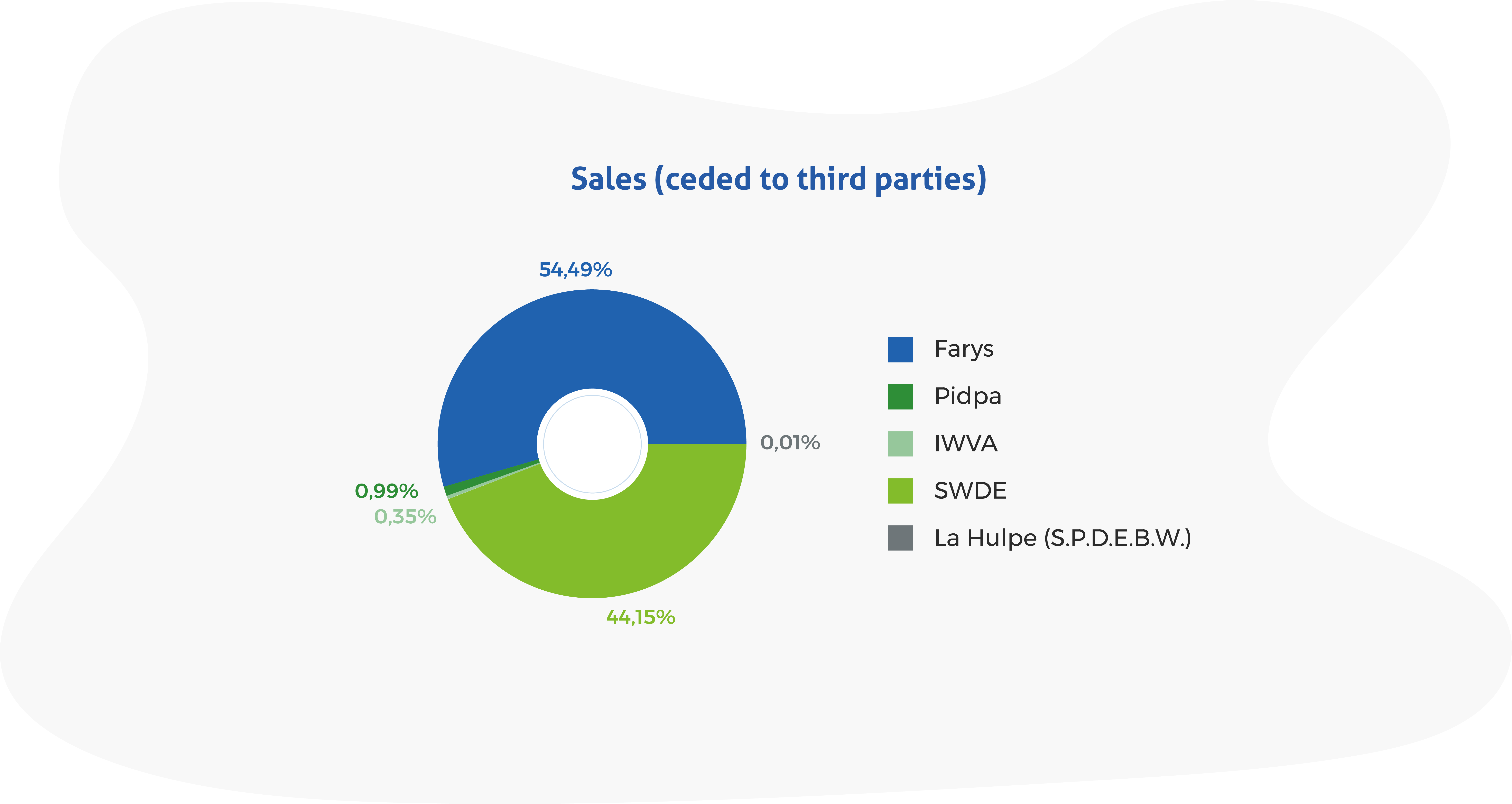In figures
Drinking water in figures
In 2019, De Watergroep supplied nearly 180 million cubic metres of drinking water to more than 3.2 million users, meaning our drinking water production has remained stable for several years in a row.
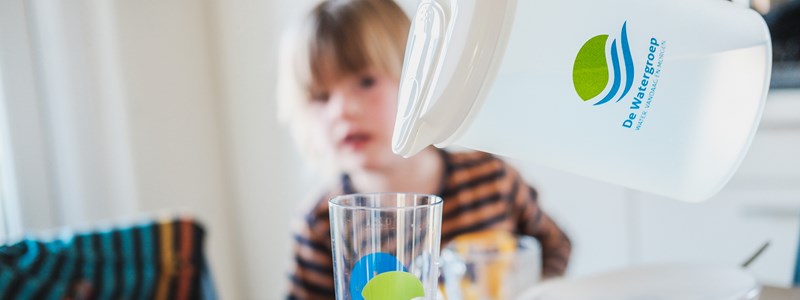
Productie drinkwater blijft stabiel
On 31 December 2019, De Watergroep’s catchment area included 3,265,106 residents, spread across 177 municipalities. We supplied these people with water via 1,451,429 take-off points from our drinking water grid. Compared to 2018, another 15,372 active take-off points were added. The total length of our pipeline network stood at no less than 34,226 kilometres by the end of December.
Customised water solutions
Between 1 January and 31 December 2019, De Watergroep produced 129,349,581 cubic metres of drinking water, which constitutes a 0.47 percent drop compared to 2018. In total, we had 179,835,810 cubic metres of drinking water available for our customers last year. On top of that, we provided around 9 million cubic metres of ‘customised water’, mainly in the form of process water that was custom-made on site for industrial clients.
Average domestic consumption

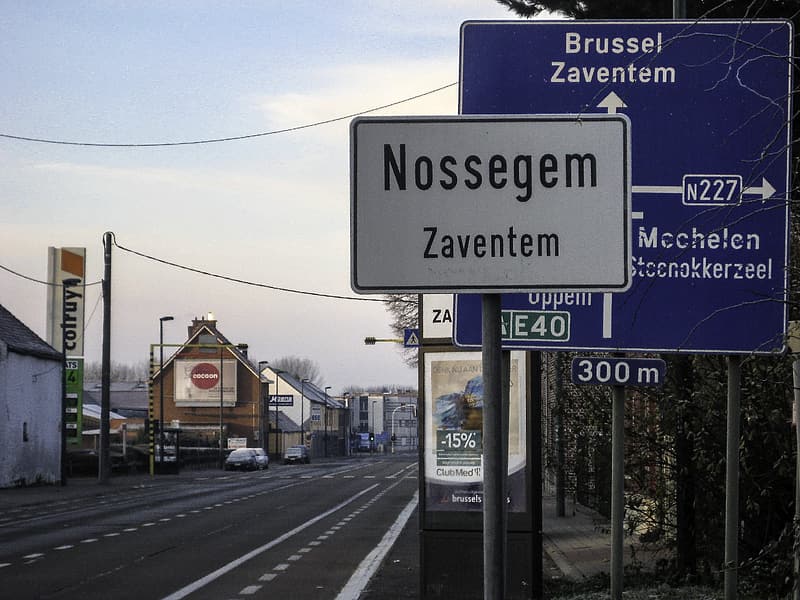
Nossegem switches to Farys for drinking water supply
On 1 January 2019, De Watergroep transferred its drinking water supply operations in Nossegem, a district of Zaventem, to its fellow water company Farys|TMVW. The completion of this transfer means that the entire municipality of Zaventem now receives its drinking water from Farys.
At the end of January, De Watergroep posted a final drinking water bill to its 3,344 customers in Nossegem. Farys|TMVW has taken over as the drinking water supplier for the town, but De Watergroep is continuing to provide it with drinking water; Farys merely handles the invoicing process as an intermediary.
Total production De Watergroep
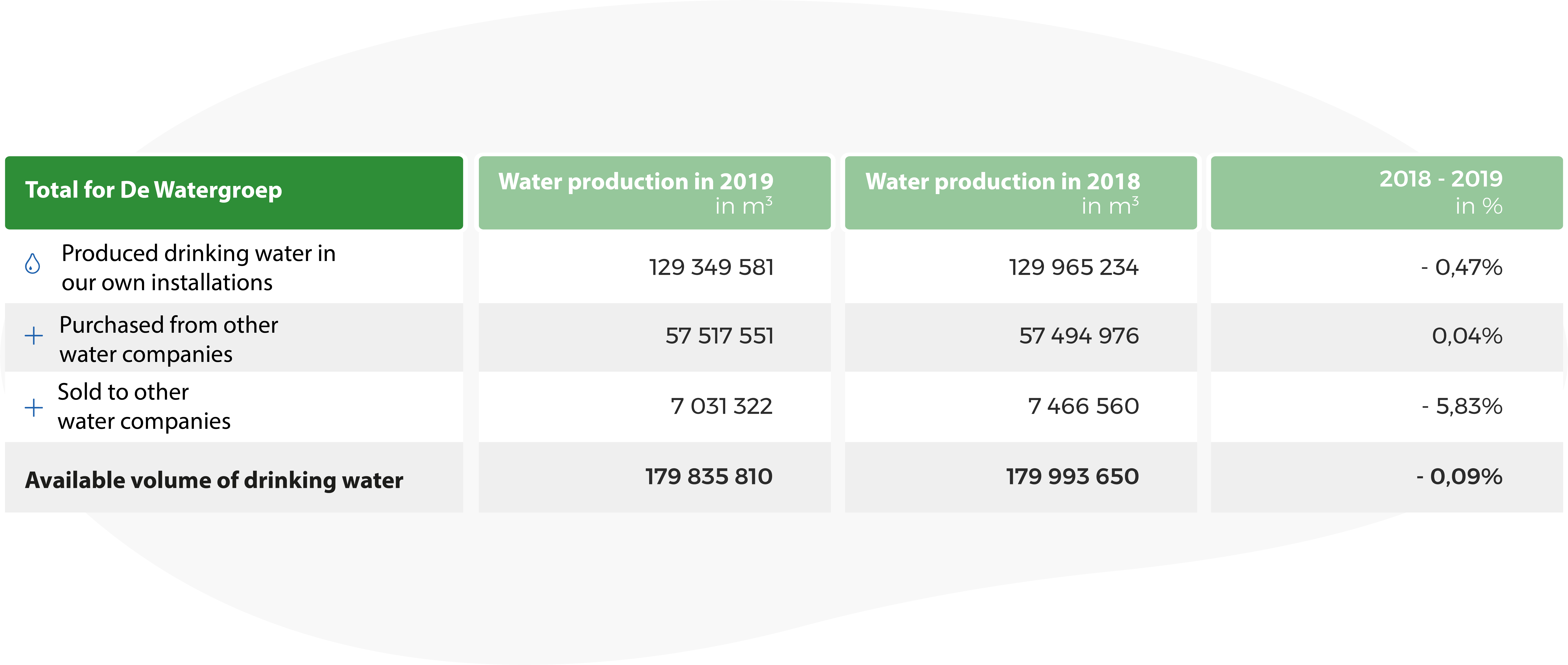
Sold and bought
